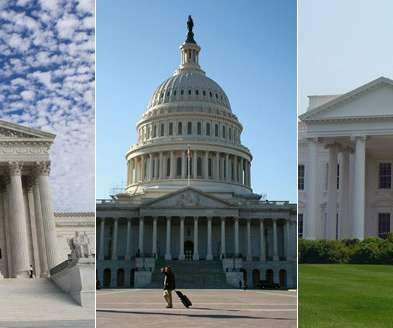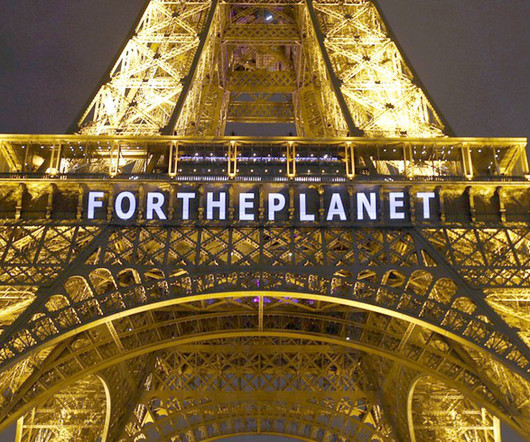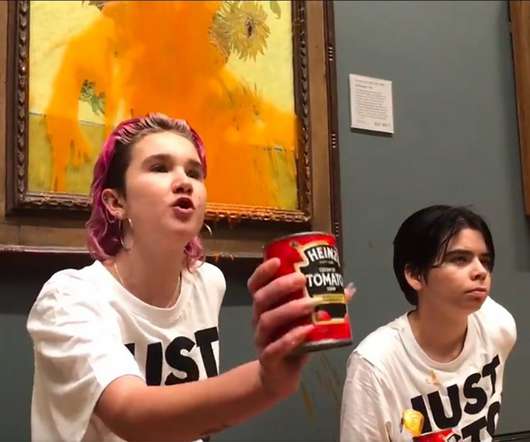A new climate litigation claim in Brazil raises the pressure for increased climate action and protection of the Amazon rainforest
Law Columbia
DECEMBER 1, 2021
Brazil’s National Policy on Climate Change ( NPCC and subsequent regulation ) was adopted in 2009 based on Brazil’s international commitments with the UNFCCC. The NPCC establishes a binding commitment to reduce GHG emissions between 36.1% To align itself with the Paris Agreement, Brazil should actually increase its ambition.


















Let's personalize your content